Development and conservation are more often than not at loggerheads. The upcoming Ken-Betwa River linking project is likely to submerge a portion of the Panna Tiger Reserve (PTR) with about 7.2 lakh trees and about 90 square kilometer area of the reserve forest possibly getting submerged. From tigers to gharials, life could change for the worse for many forest dwellers if the project does get a green nod.
The proposed project, which is likely to cost Rs.9000 crore might result in “irreversible” loss of certain specialized and important habitats which are breeding sites for wild animals.
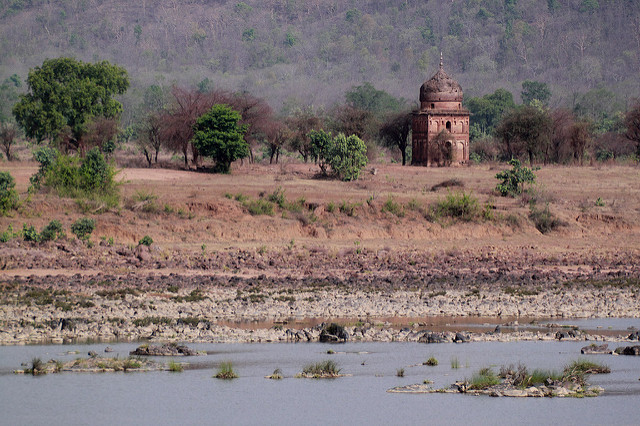
The project is being planned to provide drinking water to 13.42 lakh people and provide irrigation facilities for 6.75 lakh hectares of land in the poverty-stricken areas of Bundelkhand covering parts of Madhya Pradesh and Uttar Pradesh.The foundation of the project lies in the construction of a dam at Dhaudan village located inside the core area of the Panna Tiger Reserve in Chhatarpur district of Madhya Pradesh.
According to a report by the Standing Committee of the National Board of Wildlife (NBWL),
“The entire forest area under the proposed submergence both within and outside PTR is tiger habitat, while the non-forest area is potential tiger habitat. Thus, about 90 sq km area of tiger habitat, including potential habitat, will have to be considered as submergence zone.”
.jpg)
Loss Of Trees
The report which has been submitted to the Union Environment Ministry said that though a proper enumeration of trees in the proposed submergence region had not been done, it was estimated to be around 7.2 lakh based on a sample survey.
“About 7.2 lakh trees above 20 cm girth at breast height would submerge in the national park area and this number may go up to about 12 lakh stems when young poles and established sapling are accounted”.
The green cover lost could be even higher if the trees outside the park are accounted for. The report said an equally high number of trees will be cut or lost in the forest areas outside the national park.
“Thus considerable quantity of carbon stored as biomass would be released once the dam is constructed, in addition to loss of vegetation diversity,” said the report.
Read More: Hand Reared Tigress Gives Birth For The First Time At Panna Tiger Reserve
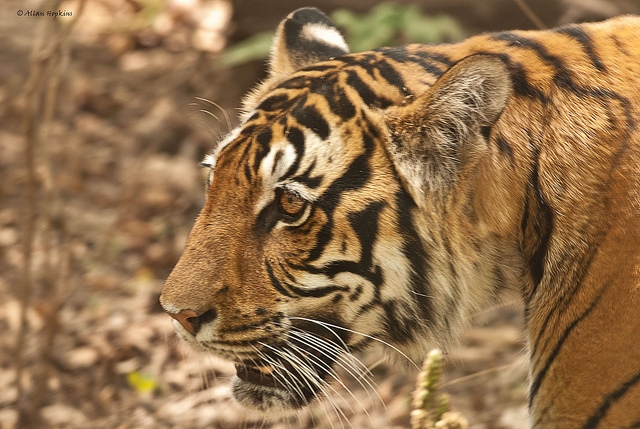
Loss Of Tiger Habitat
The Panna Reserve which had in 2009 reported extinction of tigers is now home to about 35 of the big cats. This has not been an easy feat and about Rs.5 crores were spent in the last 5 years to ensure that tigers established themselves once again in this critical habitat after poachers wiped the forest clean in 2008-2009. The loss of 10 percent of forest cover is therefore a major loss at a time when more habitat for tigers is required all over the country.
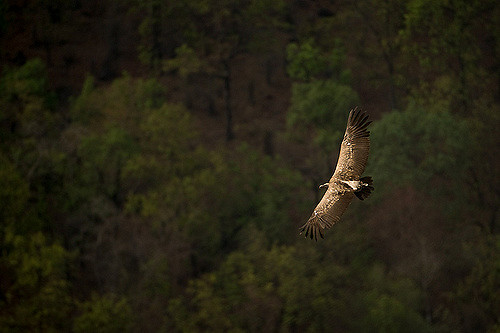
Loss Of Vulture Habitat
Panna tiger reserve is one of the few places in the country that are still a vulture habitat after the birds showed serious decline in numbers over the last 3 decades across the nation. All 3 species of vultures found in India are marked as threatened and any tampering of the area would in coming years lead to loss of habitat and nesting sites for the vultures.
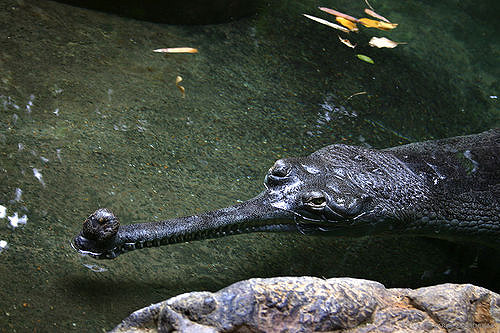
Loss of Gharial Habitat
Those in favor of the project believe that gharials, the critically endangered species would benefit from the linking of river Ken and Betwa. However, the statement could not be further from truth. The Ken Gharial Wildlife Sanctuary, as many who have visited the sanctuary realise, has hardly any gharials despite efforts to release captive bred gharials into the protected rivers. One important reason that conservationist suggest, for the inability of the gharial population to increase here is the high fragmentation of the river itself because of present dams. Gangau Dam, Madla Causeway, Barriarpur Weir and the low-lying bridge immediately downriver of the Ken Gharial Sanctuary near Gumanganj have not only altered the river flow, but made the river discontinuous. So gharials that swim down river, are often trapped and can’t find their way back to the safer high river grounds. If the Ken-Betwa link is done, it isn’t hard to fathom this would get worse and the loss of gharials and their habitat.
Read More: Farmers, Forest Officials and WWF Unite To Save The Gharials
Ken river is the lifeline of the Panna tiger reserve and the reserve being the catchment area of the river is as important in the sustainability of the water system as is the river in keeping the forest alive. The linking project might be a grand scheme to provide water to drought ridden areas, but ultimately is it a win-win situation for humans and wildlife?





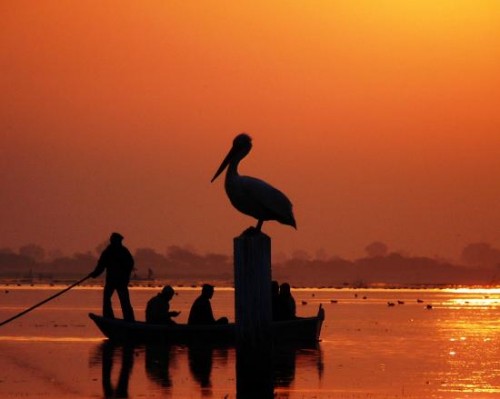
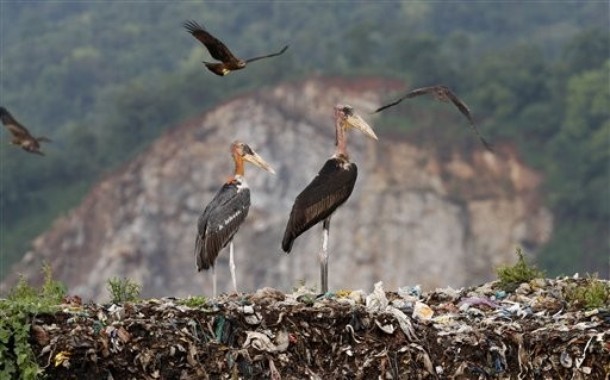


One thought on “How The Ken-Betwa Linking Project Might Lead To Loss Of Wildlife”